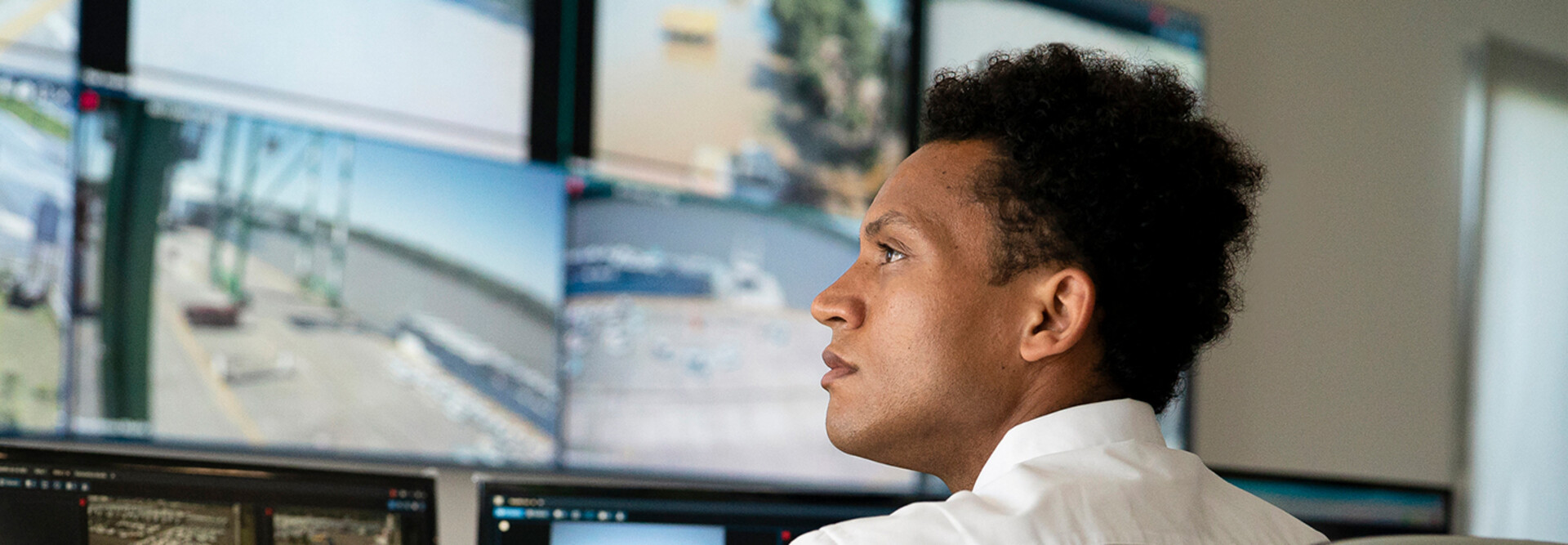The Belle Fourche Police Department came up with a plan to integrate cameras into its operations, and it implemented the plan in four phases. The first phase was setting up the AI-enhanced cameras throughout the city. The second phase involved positioning the cameras in high-traffic areas, such as downtown and on bike paths.
“Once we had that in place, we saw our property and vandalism calls drop from just over 1,000 to just over 200 in the first six months,” Cherveny says. “And it’s stayed there ever since.”
For phase three, the police department placed cameras in all city buildings and city properties. It is now in phase four, which entails placing cameras in high-crime areas and at city intersections.
“Utilizing that technology has drastically cut back on our calls for service and sped up our response times,” Cherveny says.
AI Solutions Boost Police Efficiency
Verkada Public Safety Advisor Ben Jones formerly worked as a lieutenant with the Winston-Salem Police Department in North Carolina. He recounts using Verkada AI-enhanced cameras in the city’s real-time crime center.
“It helps to aggregate a lot of data really quickly,” Jones says.
For example, the Winston-Salem Police Department could identify vehicles suspected of involvement in homicides or robberies within 15 to 20 minutes thanks to a combination of the camera platform and AI flagging the footage of interest. Previously, a human would have to spend hours watching the videos in order to find a vehicle.














